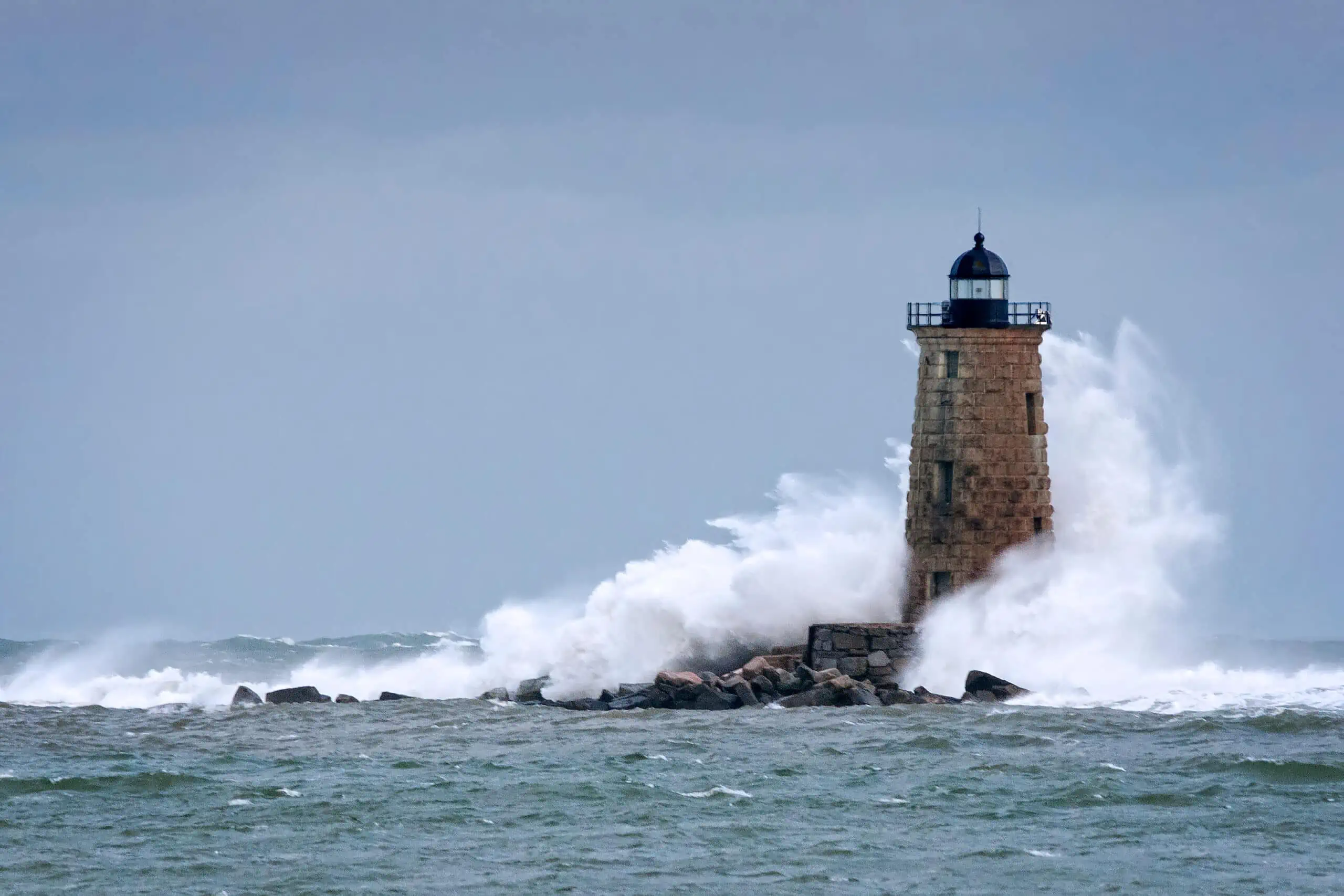
Winter Events – El Niño
This winter we are currently in an El Nino pattern which typically brings warmer-than-average temperatures and more precipitation for the Northeast.

This winter we are currently in an El Nino pattern which typically brings warmer-than-average temperatures and more precipitation for the Northeast.
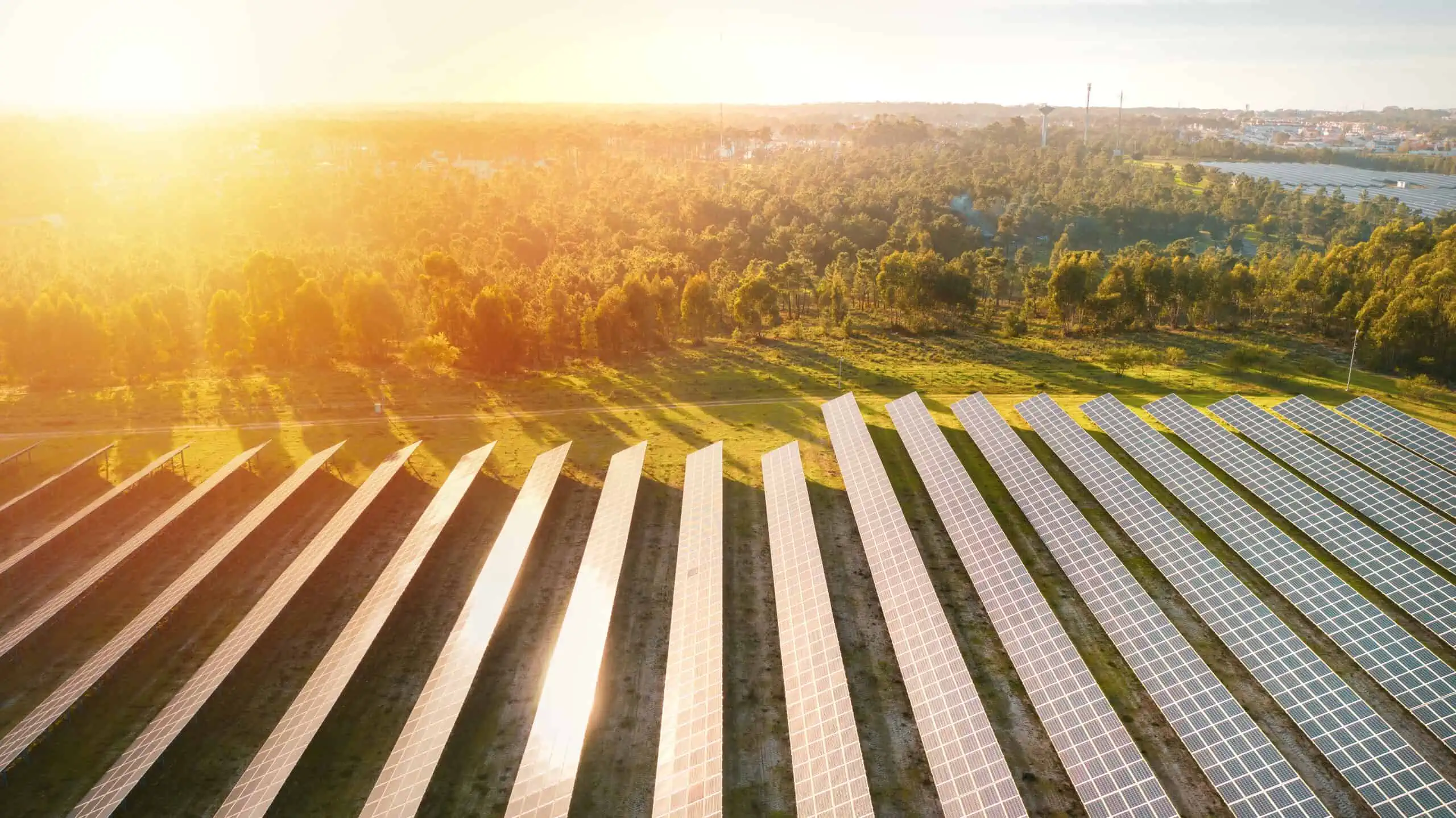
The sun emits enough sunlight in an hour and a half to meet the world’s energy needs for an entire year.
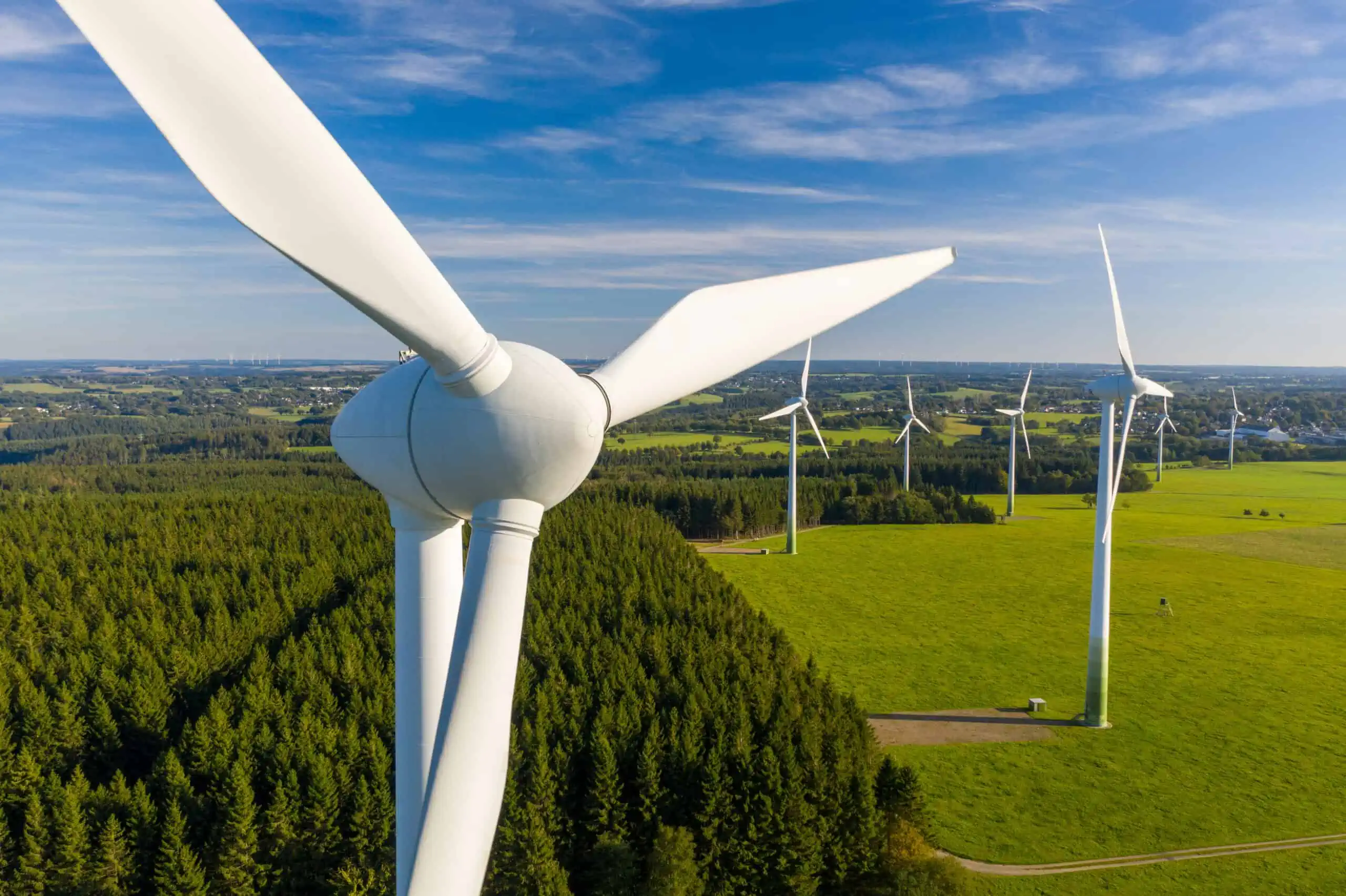
Wind turbines harness the wind’s energy and in turn produce electricity.

In general, the two main drivers of wholesale electricity prices in New England are the cost of fuel used to produce electricity and consumer demand. Power Plant Fuel: Natural gas dominates electricity generation in New England, accounting for 52% of total power production in 2022. This reliance on natural gas makes wholesale electricity prices closely
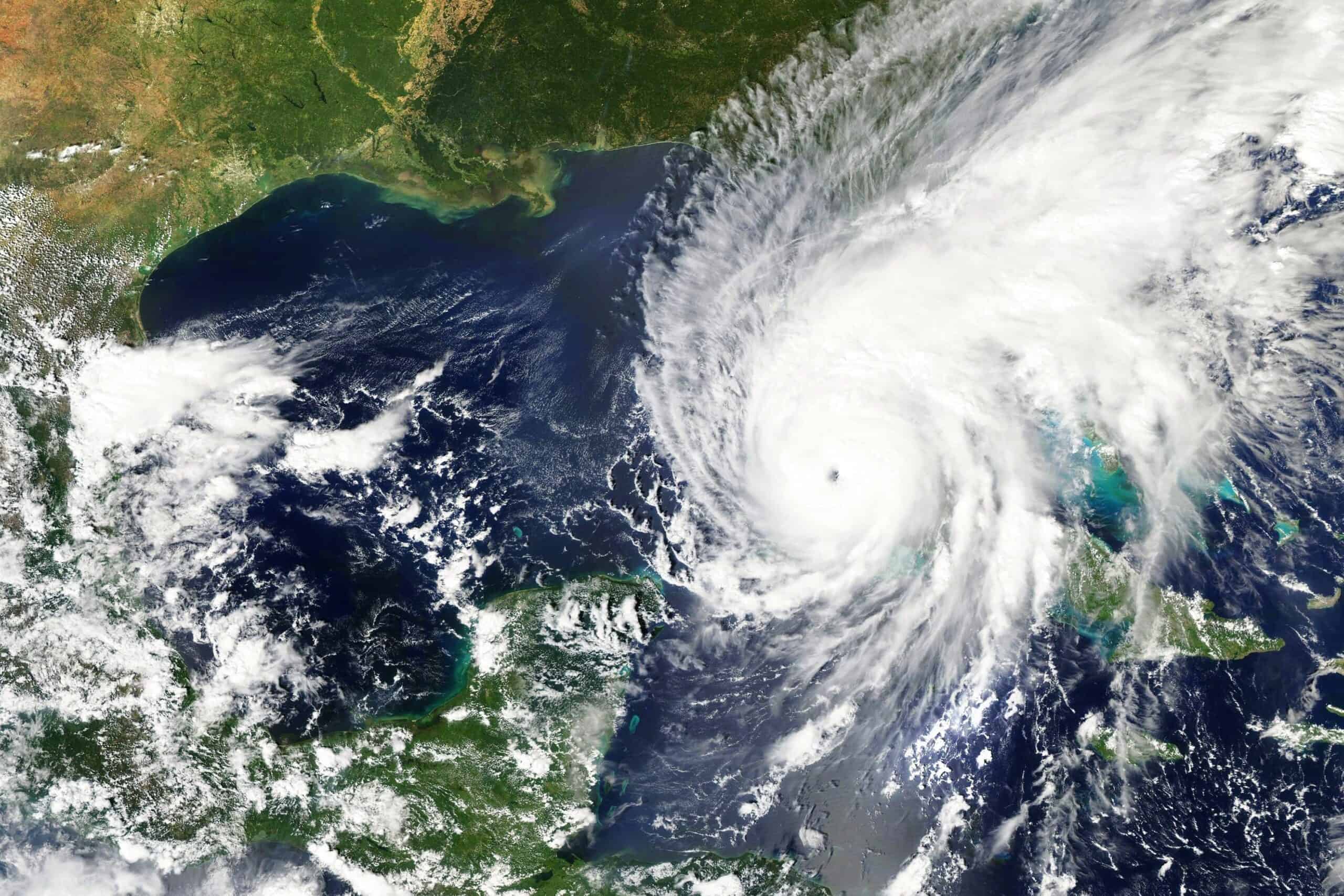
Hurricanes and tropical storms can have significant effects on the energy market due to their potential to disrupt both the supply and demand sides of natural gas and electricity.

If you live in the Northeast, you’ve certainly experienced a summer heatwave. On these days, commercial and residential buildings all have their air conditioning units on high. This increases the amount of usage and demand for electricity on the grid. When these heatwaves sustain for multiple days, the grid eventually reaches its highest amount of
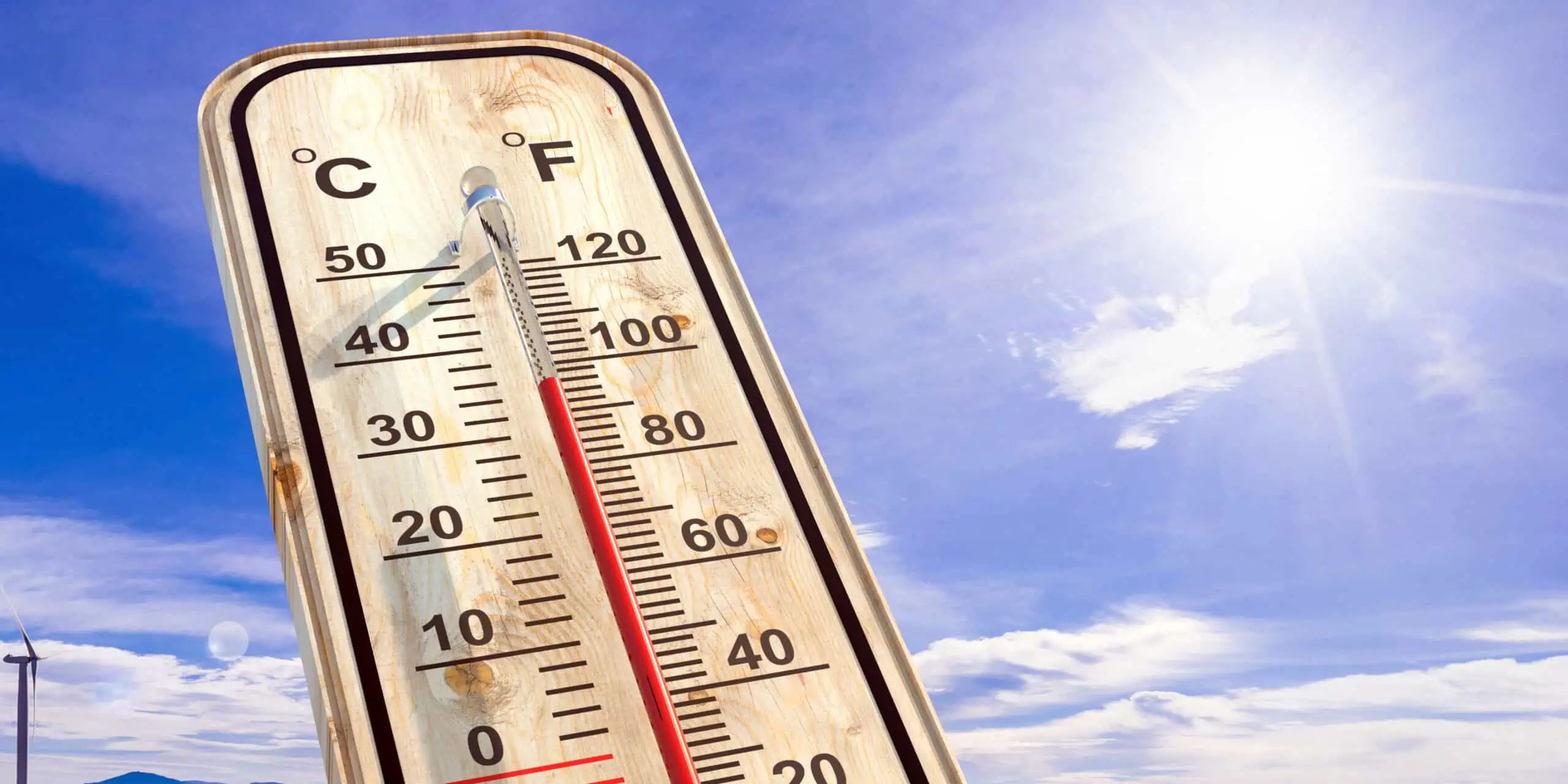
As mentioned in last week’s blog, the ISO defines your capacity costs – Managing your usage at these times is crucial to lowering costs on your bills. There are steps you can take to curtail your usage during peak demand times (usually the hottest days of the year) so your capacity tag reads a significantly
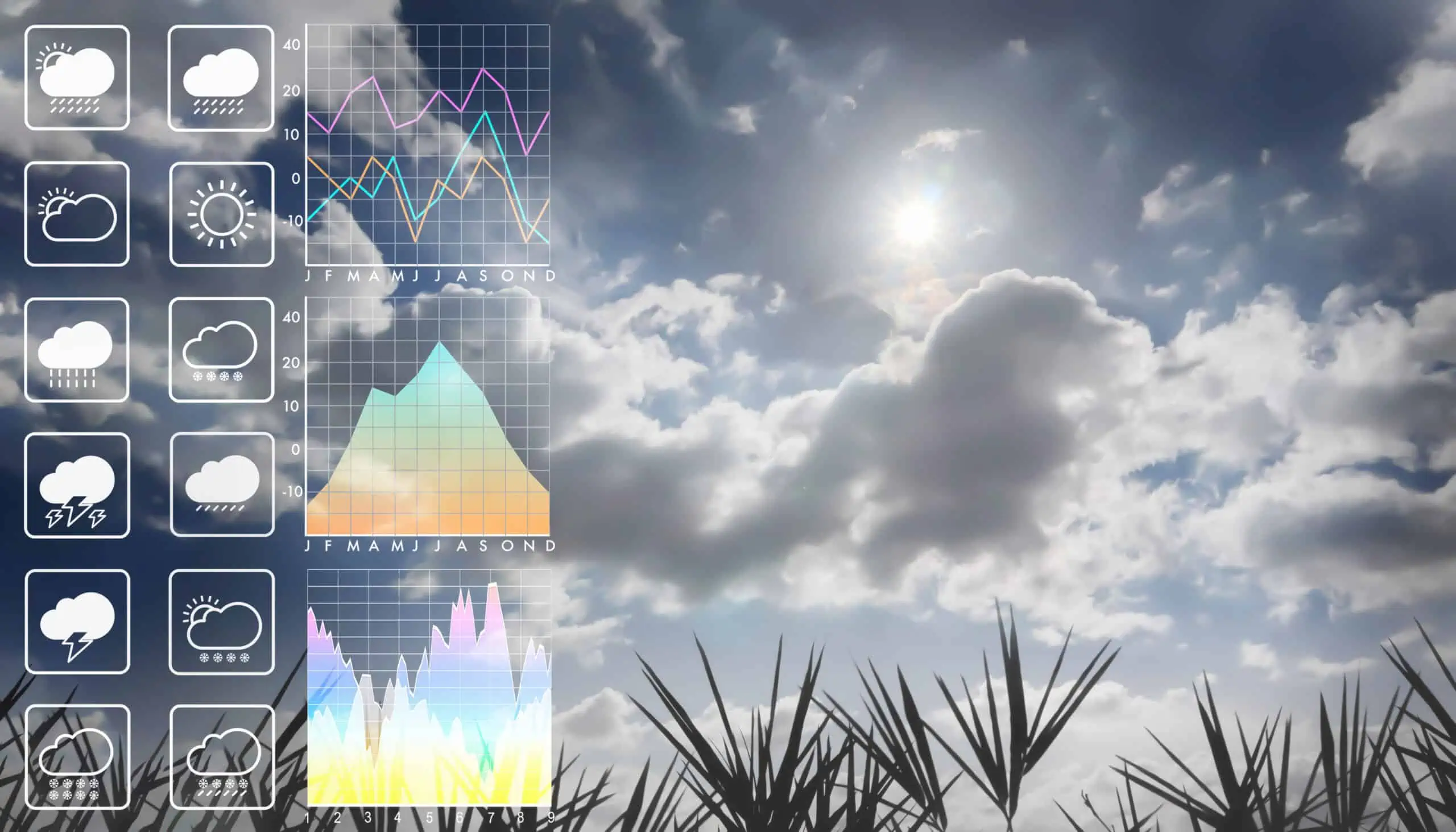
We talk about the weather’s effect on the energy market a lot here at BPE. Here are a few ways weather can influence energy prices: Heating and Cooling Demand Weather conditions directly affect the demand for heating and cooling in residential and commercial buildings. When we see extremely cold or warm temperatures, the demand for
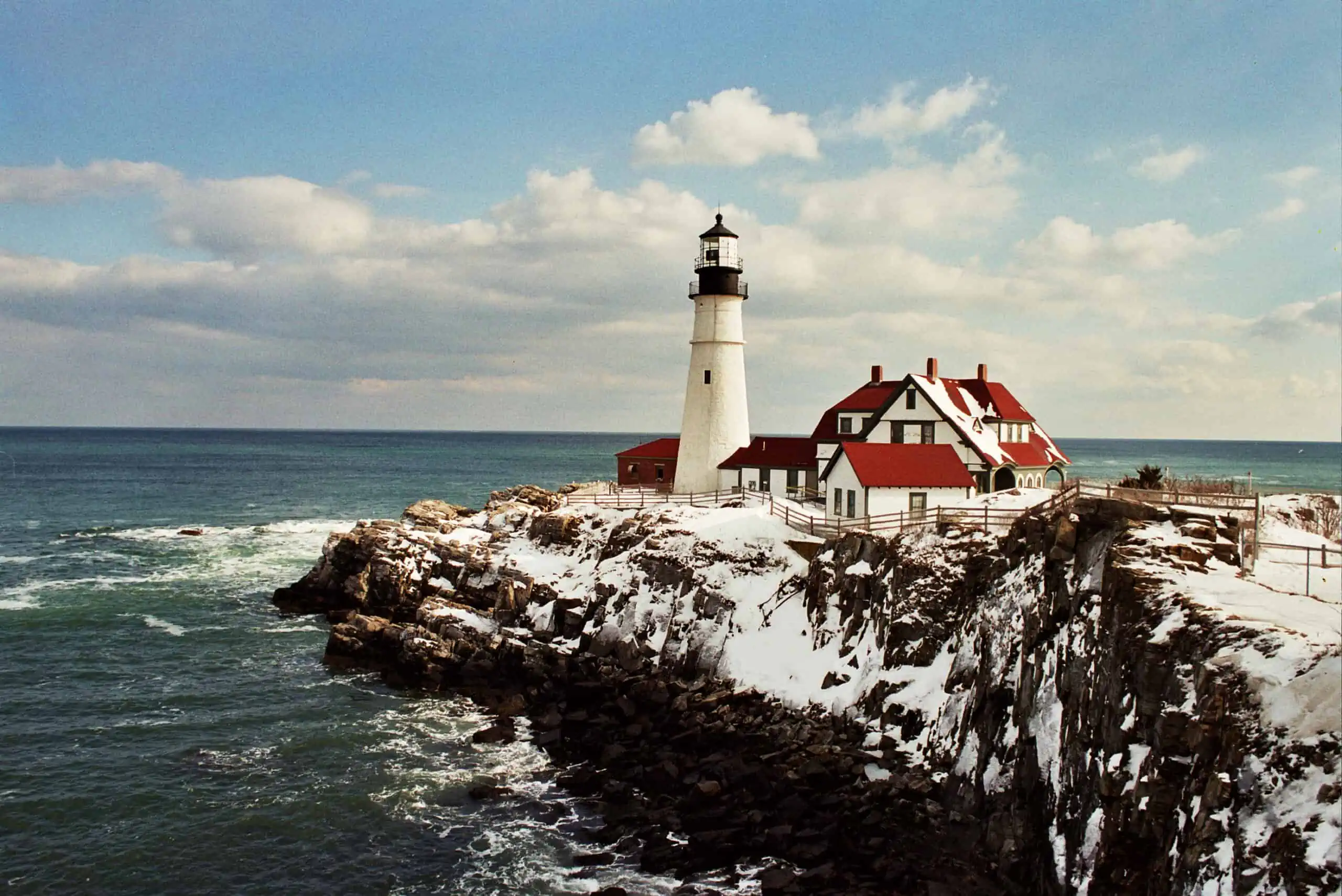
As we head into the last weekend of February, New England is shaking off Winter Storm Olive which brought snow, rain, and strong winds to the region. Overall, February’s mild temperatures in the Northeast and Midwest has kept natural gas storage withdrawals to a minimum. Yesterday saw a 71 Bcf withdrawal according to the U.S.
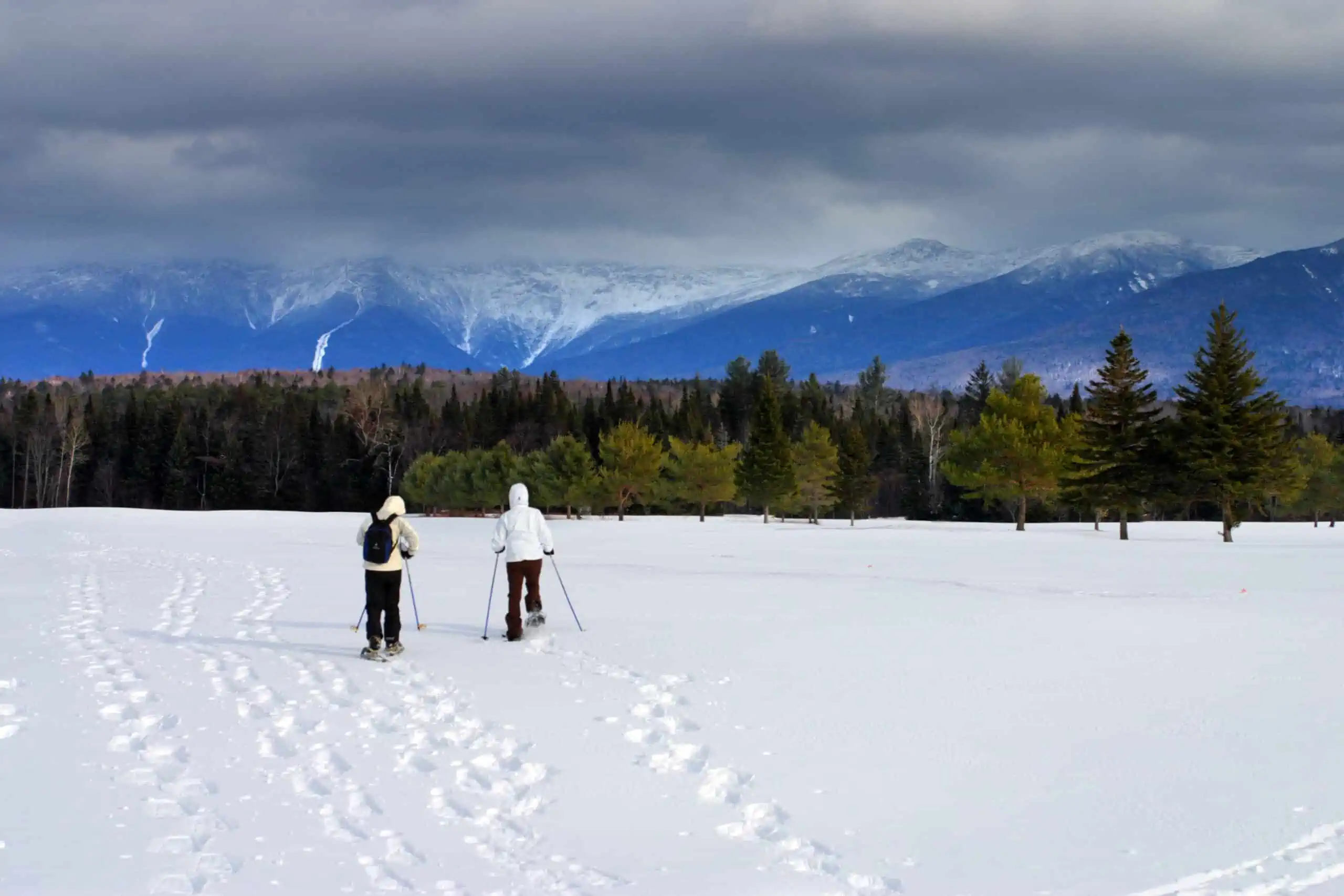
Last week, we saw the price of Natural Gas fall to an 18 month low as mild weather in the Midwest and Northeast gave way to lower heating demand and an 11 bcf storage injection. This mild weather pattern is not expected to last much longer as winter is preparing a comeback. NOAA’s long